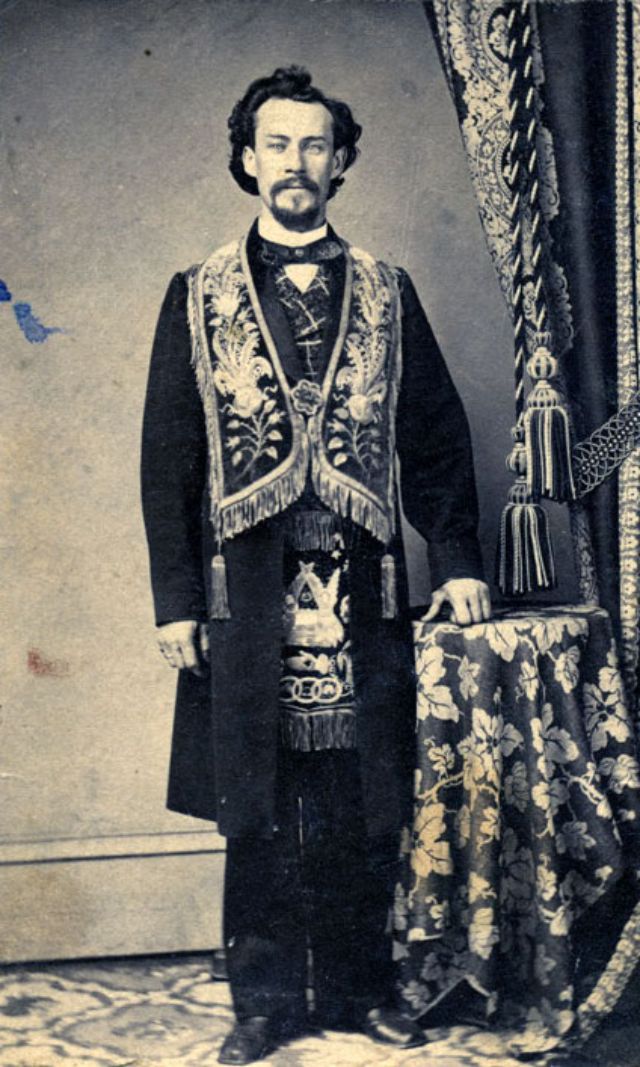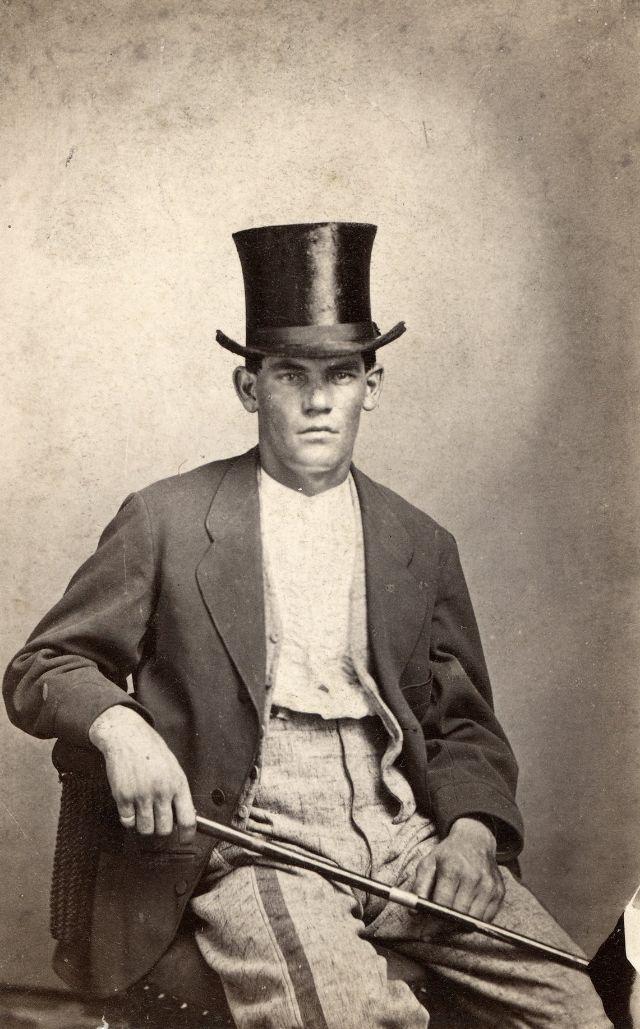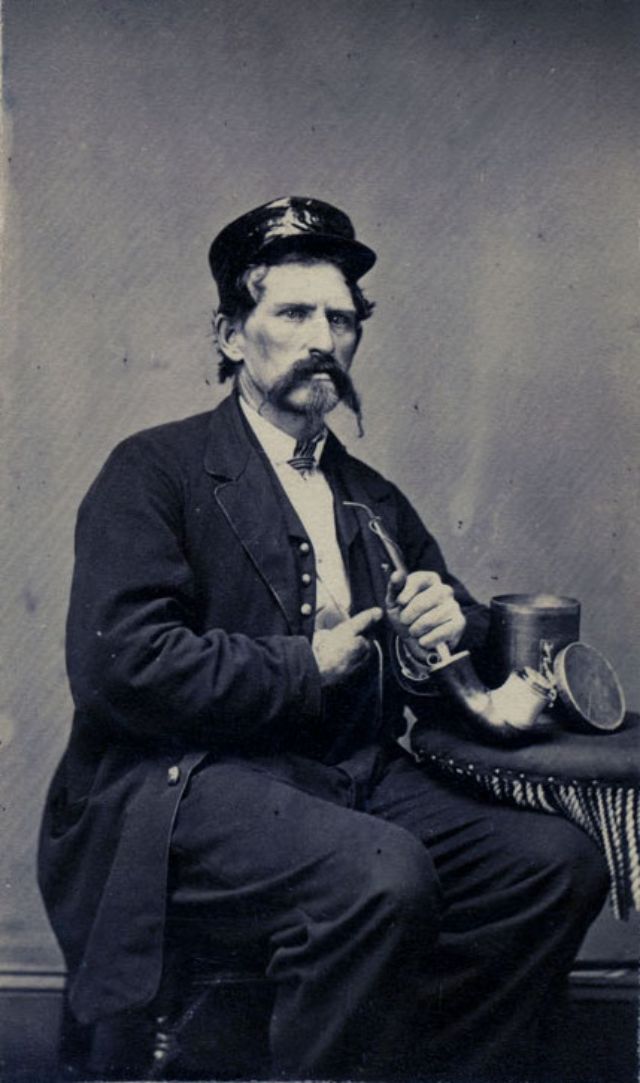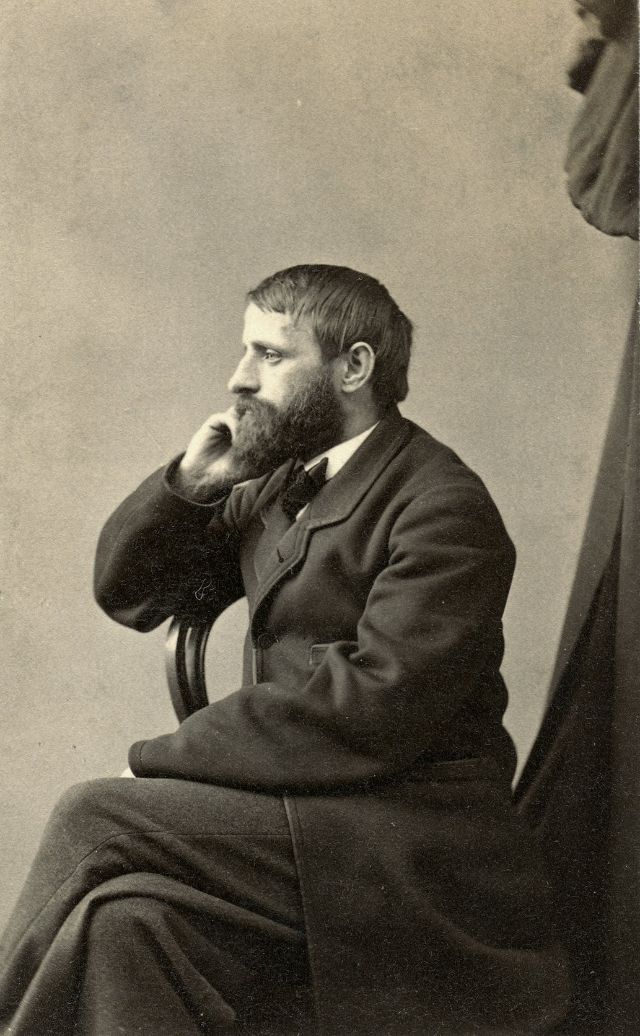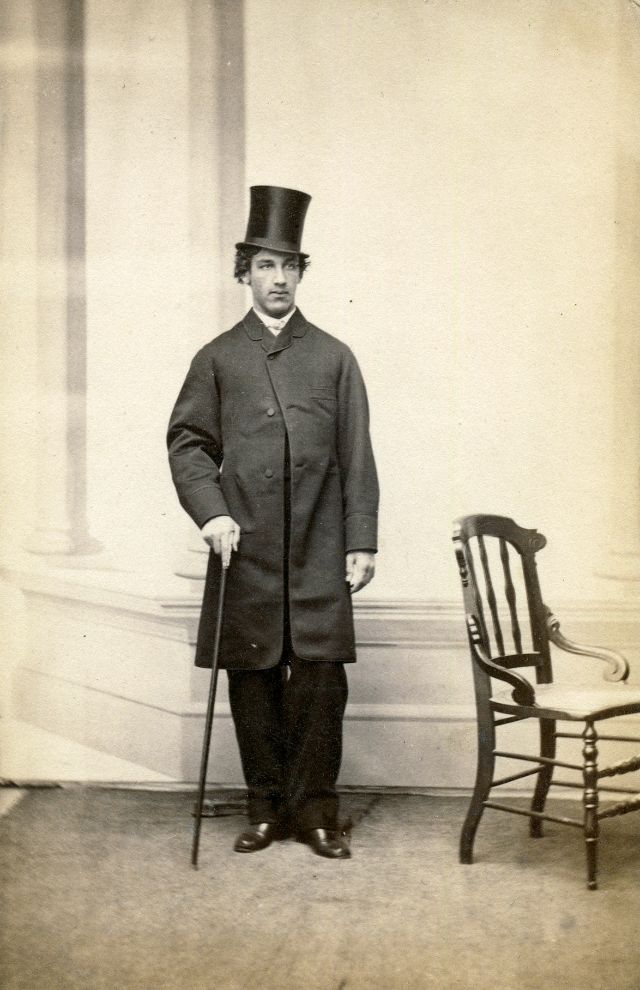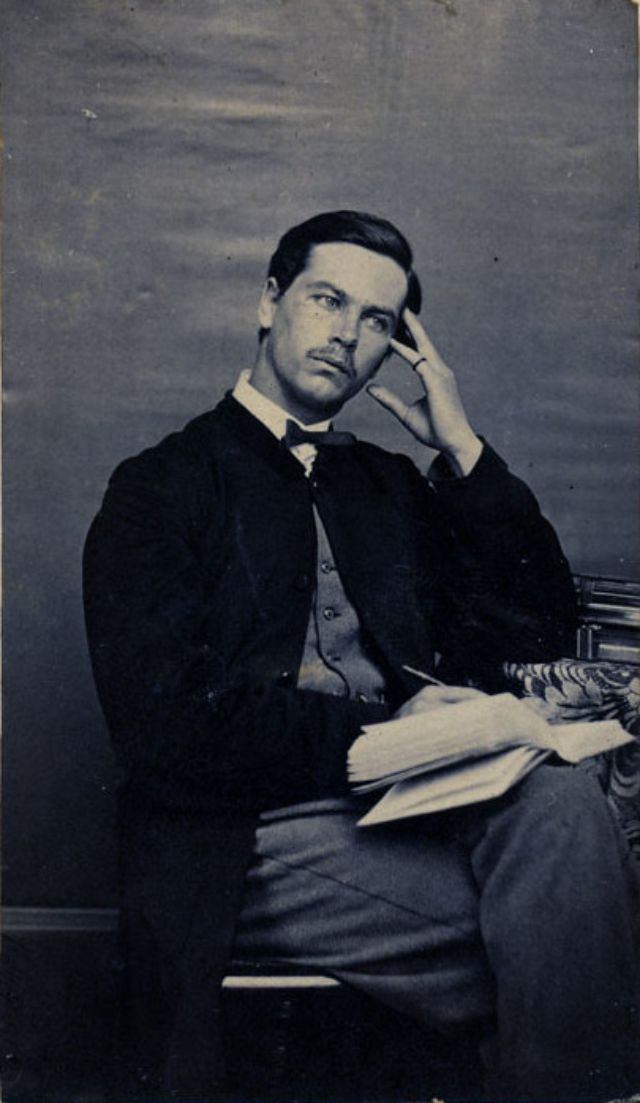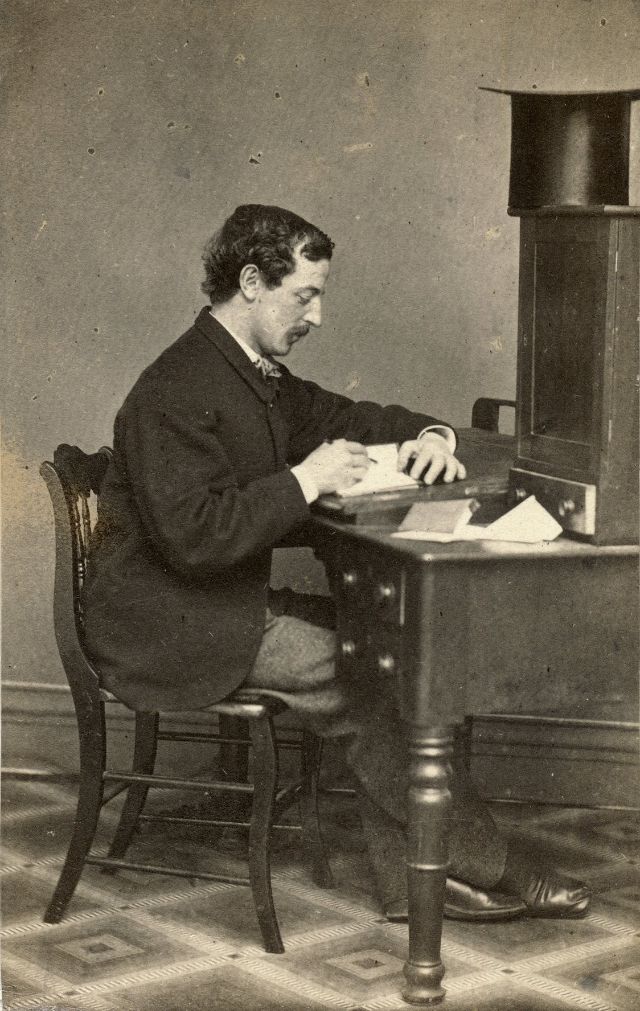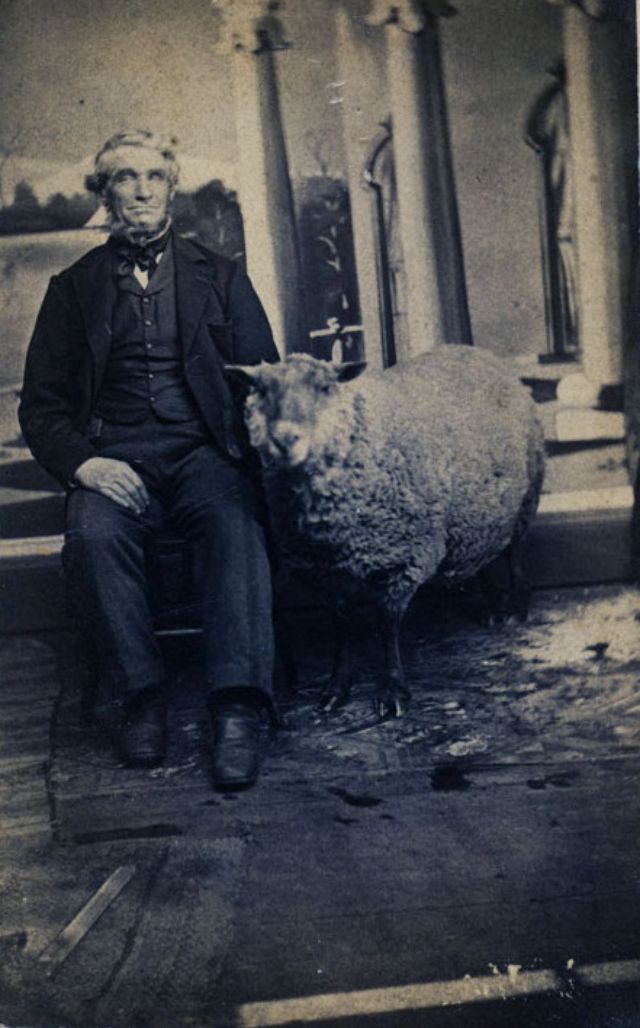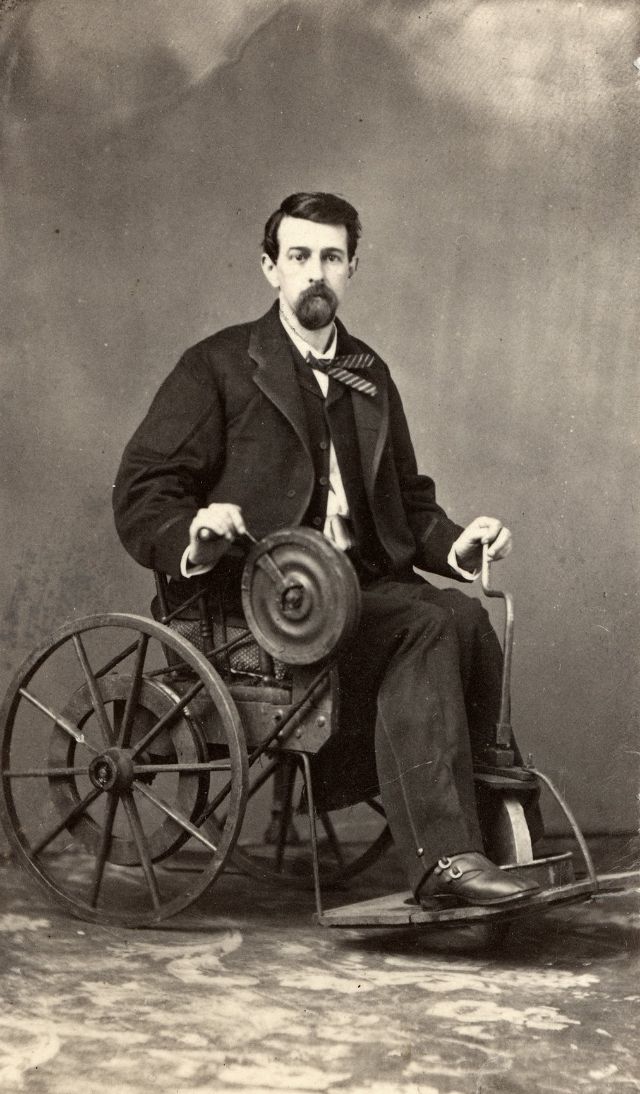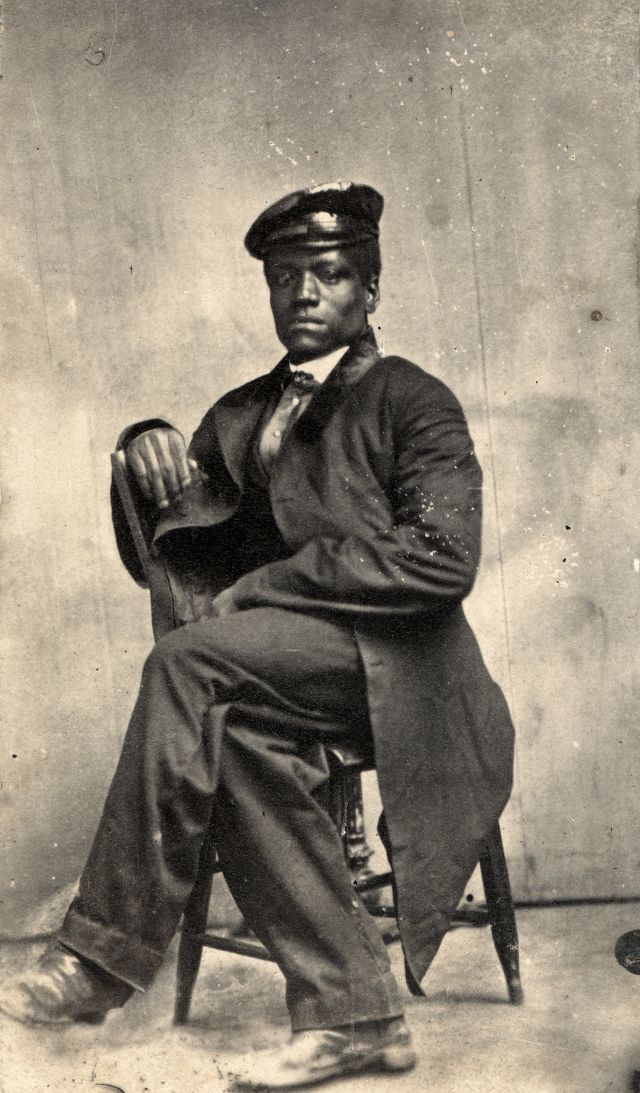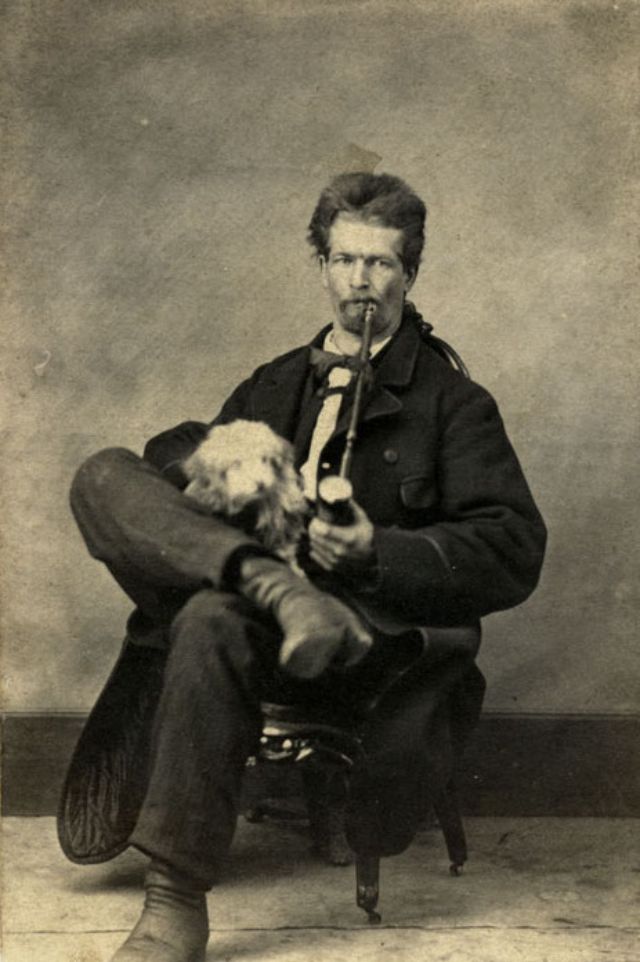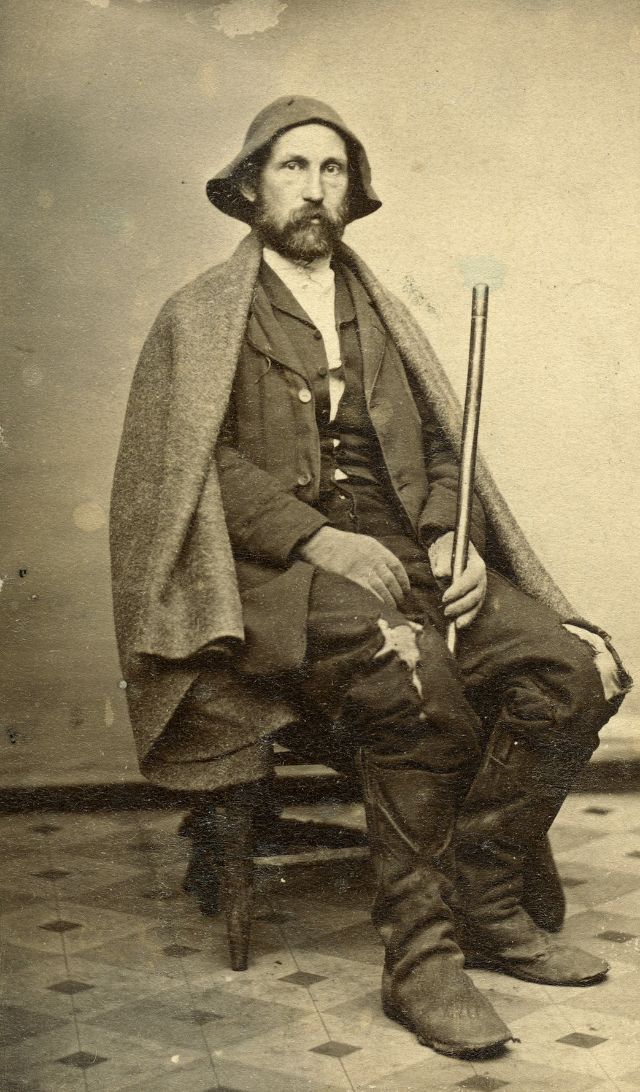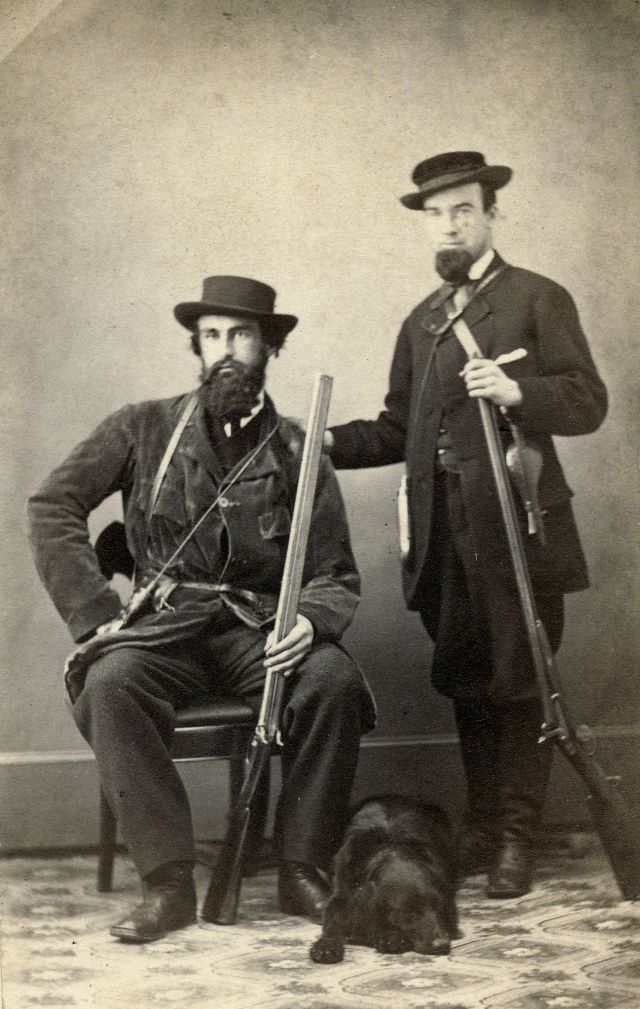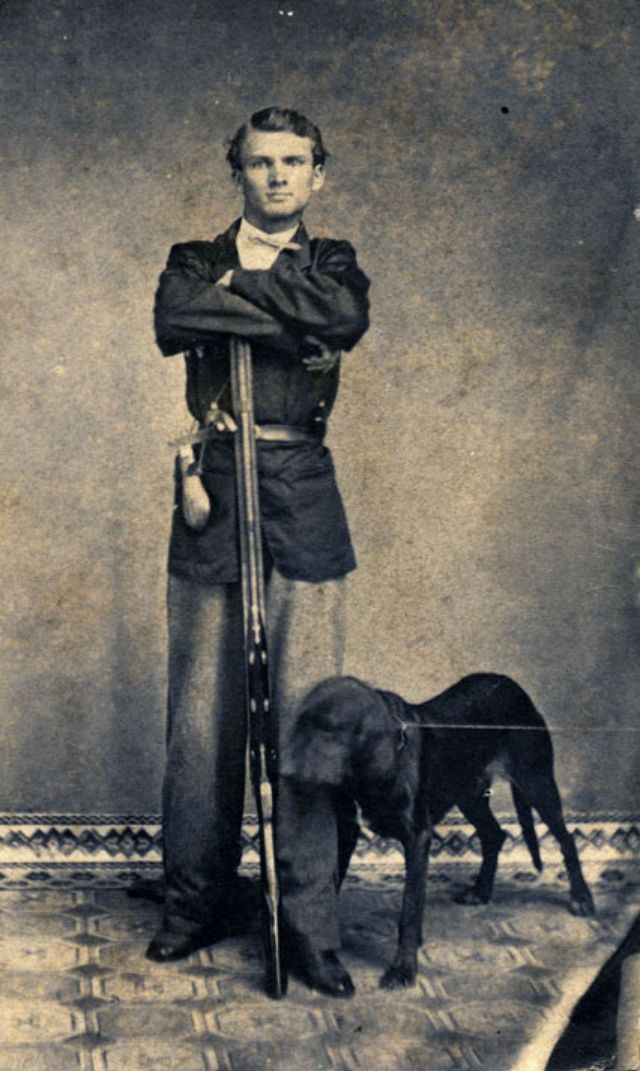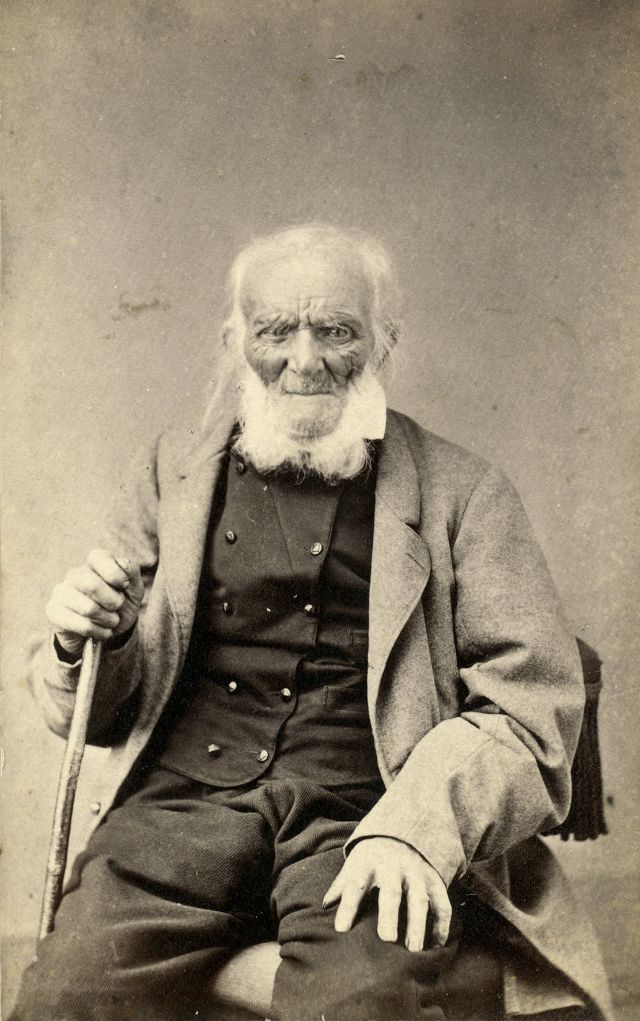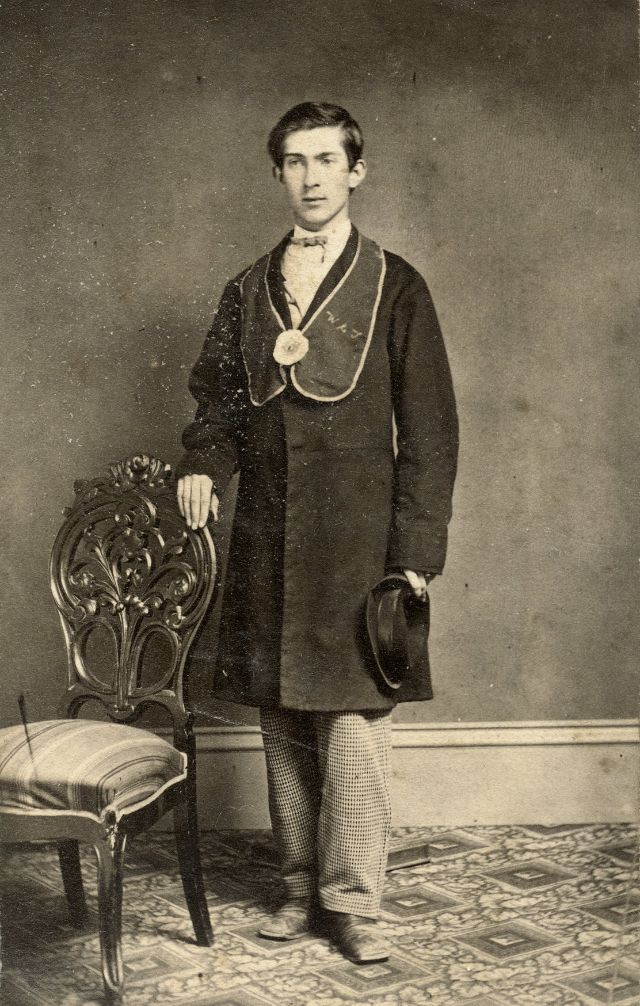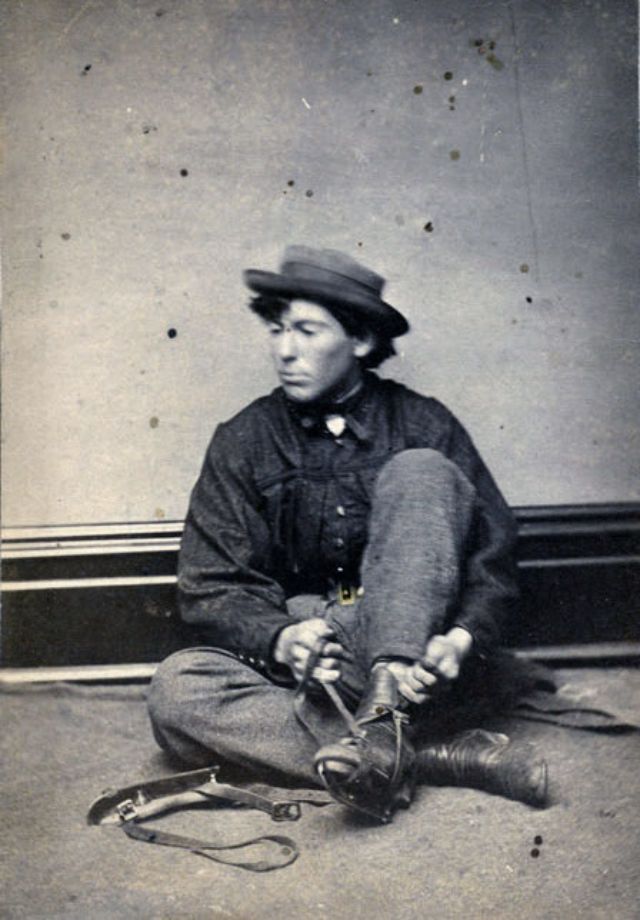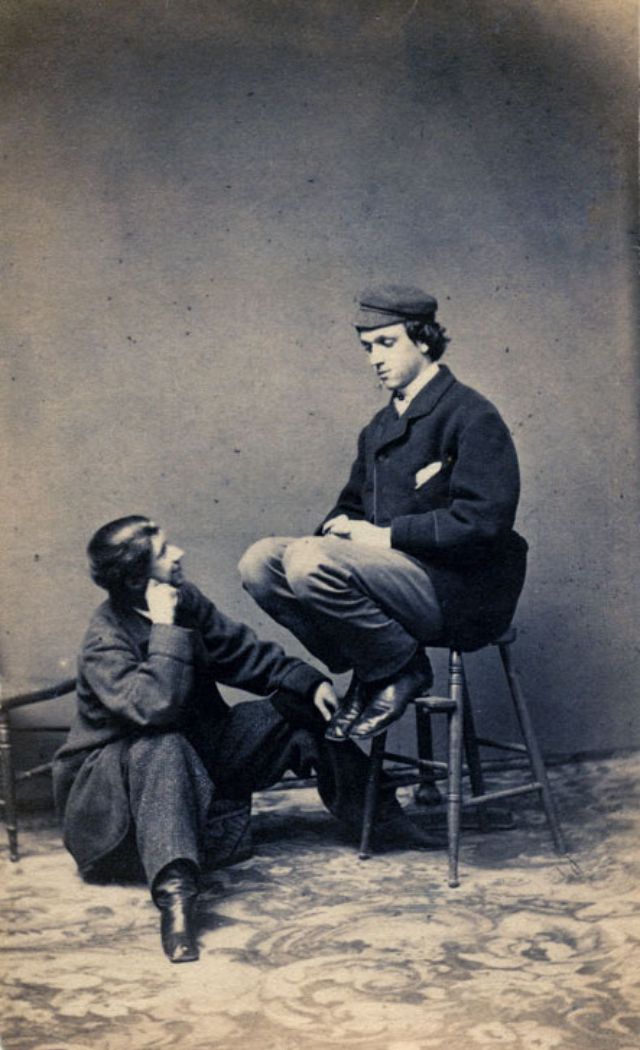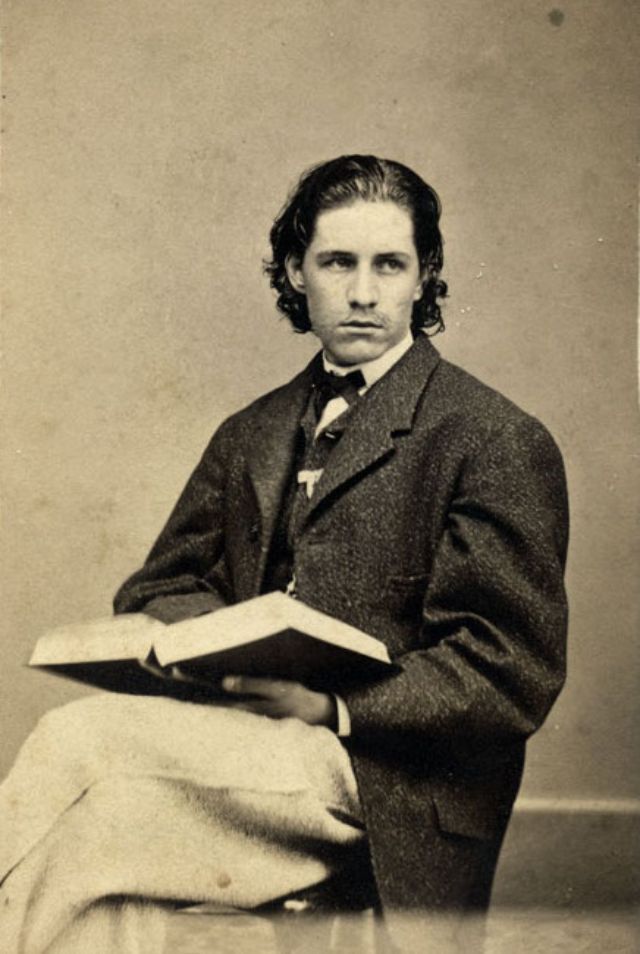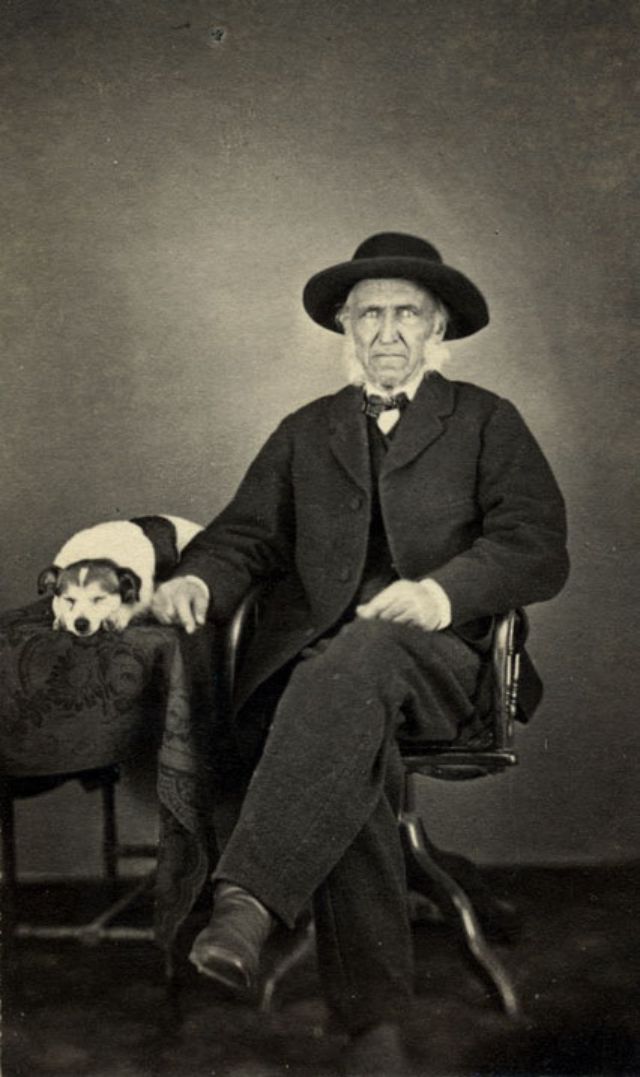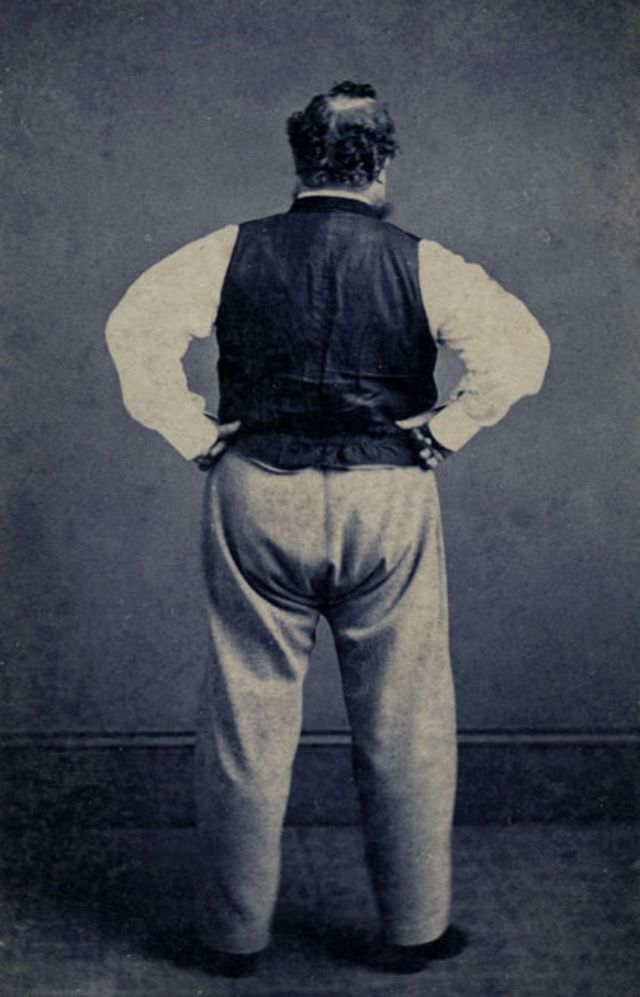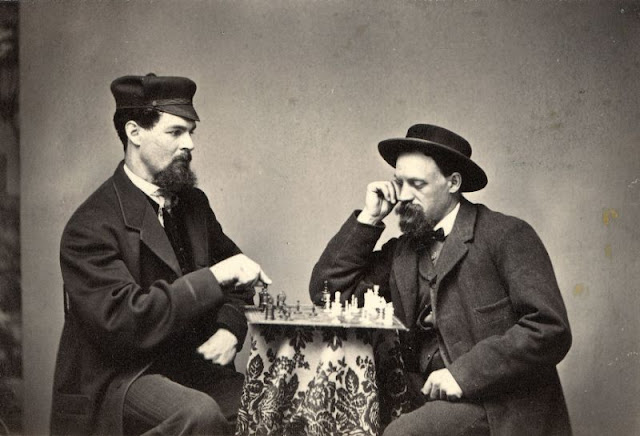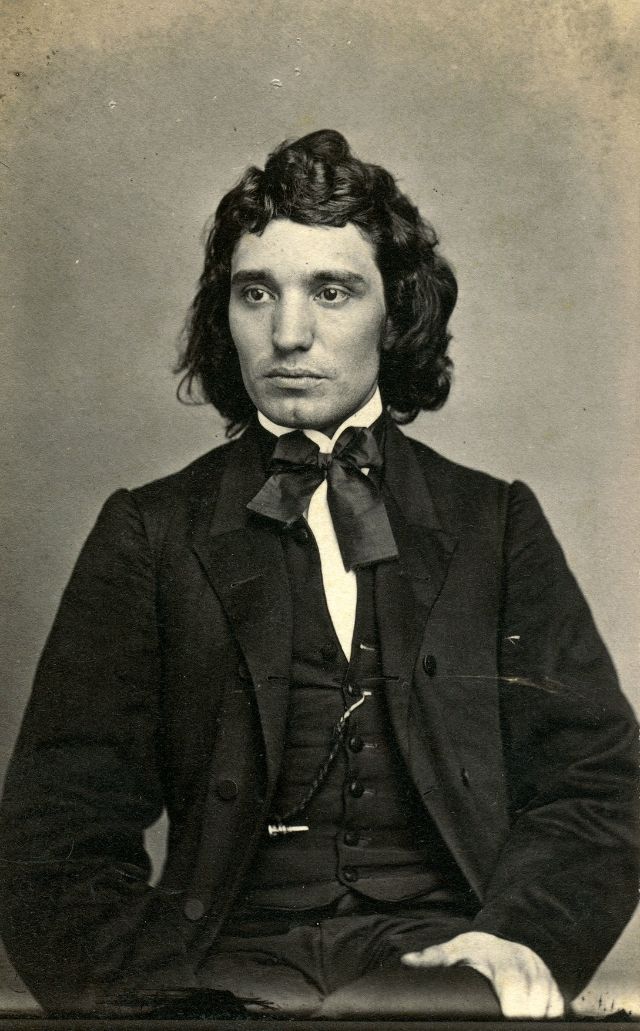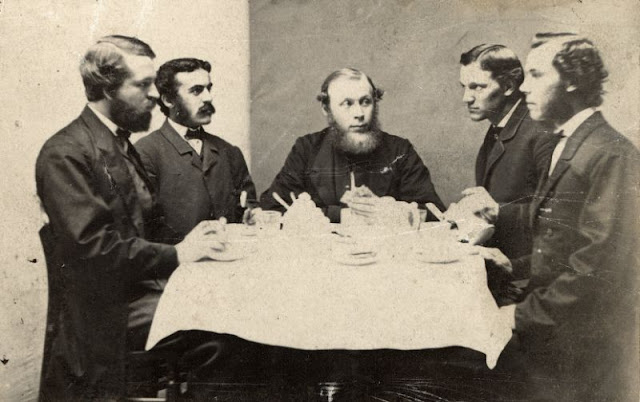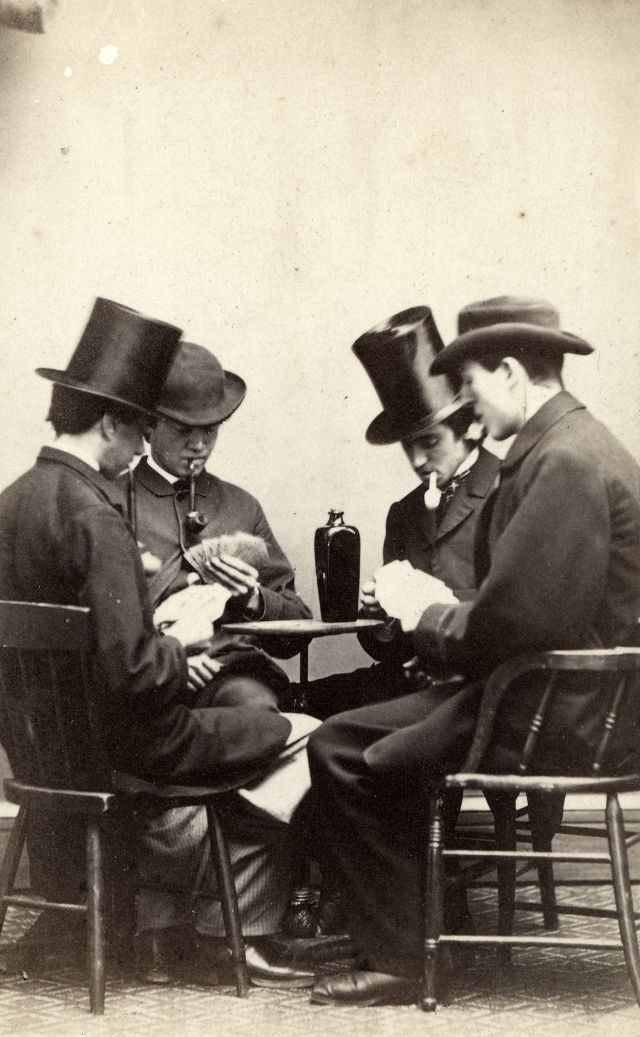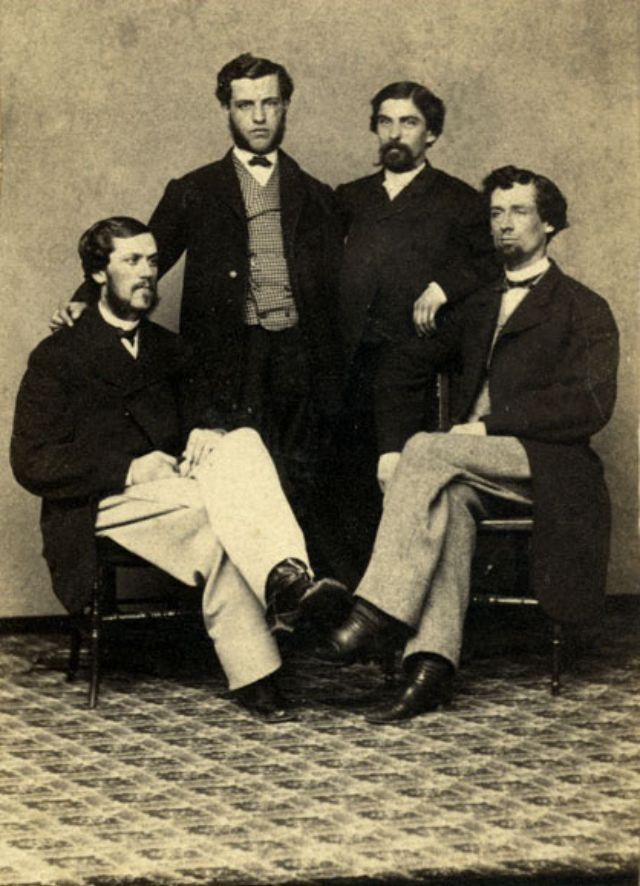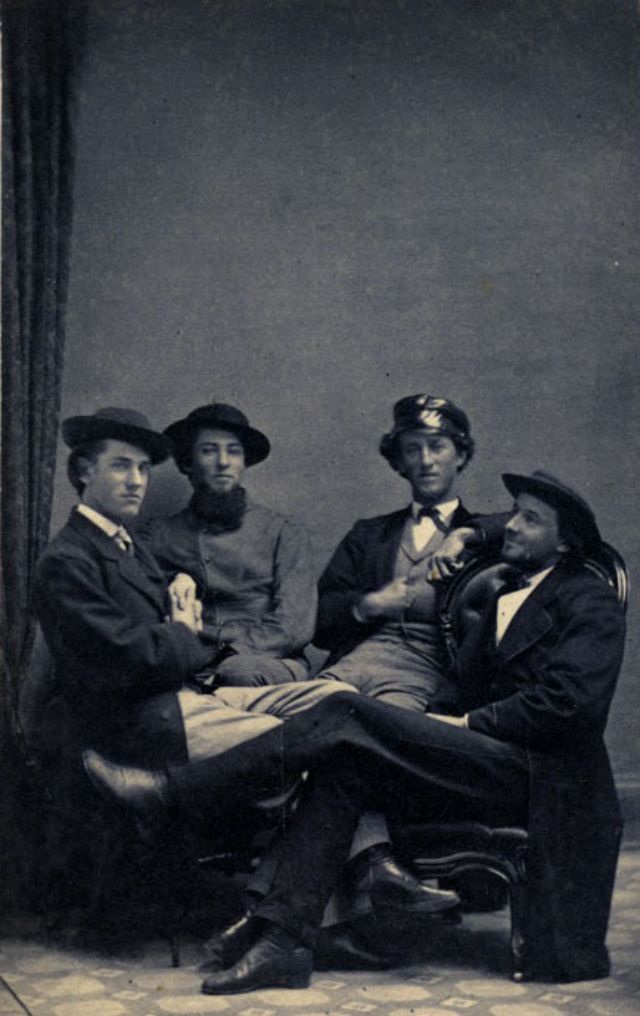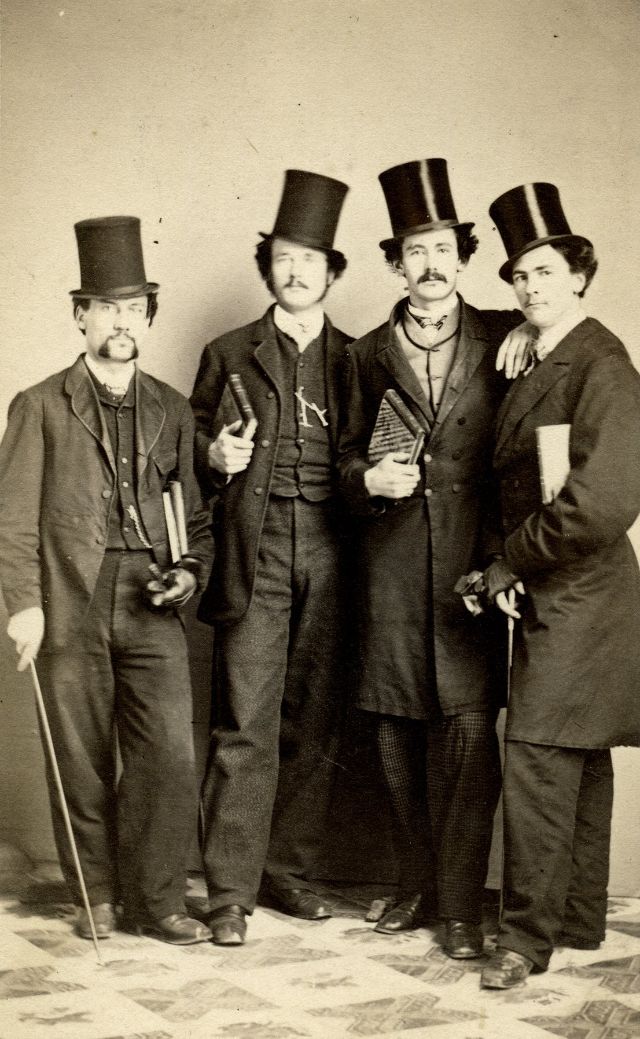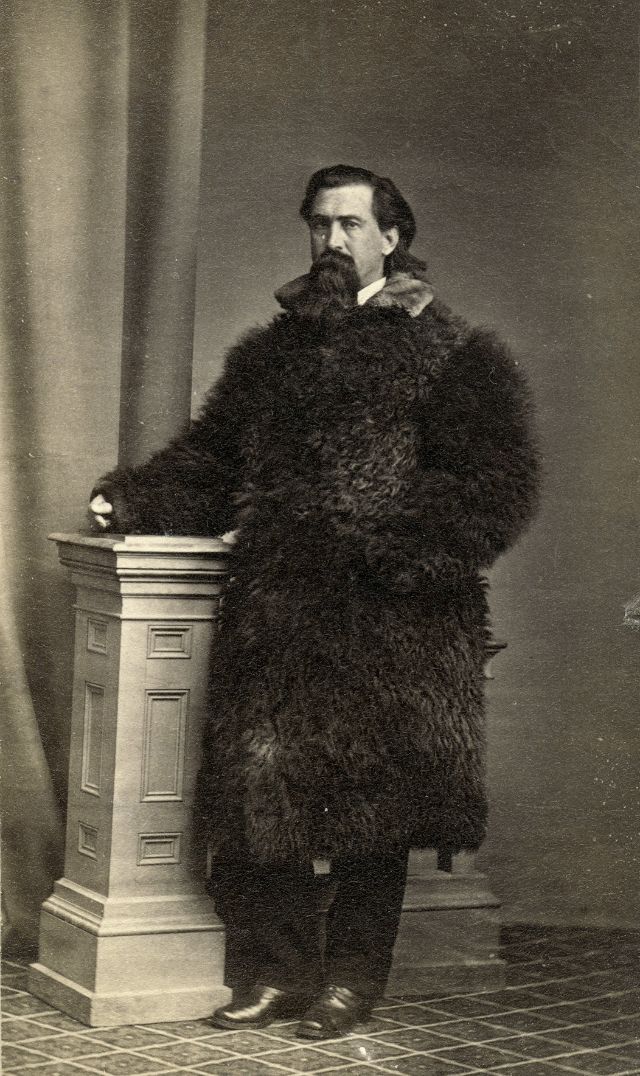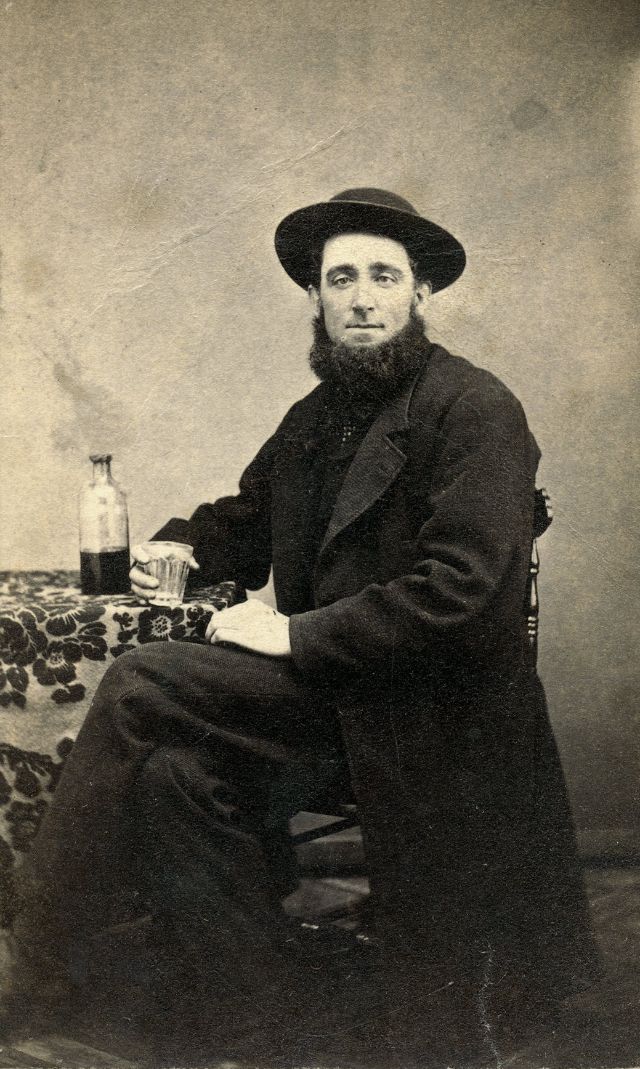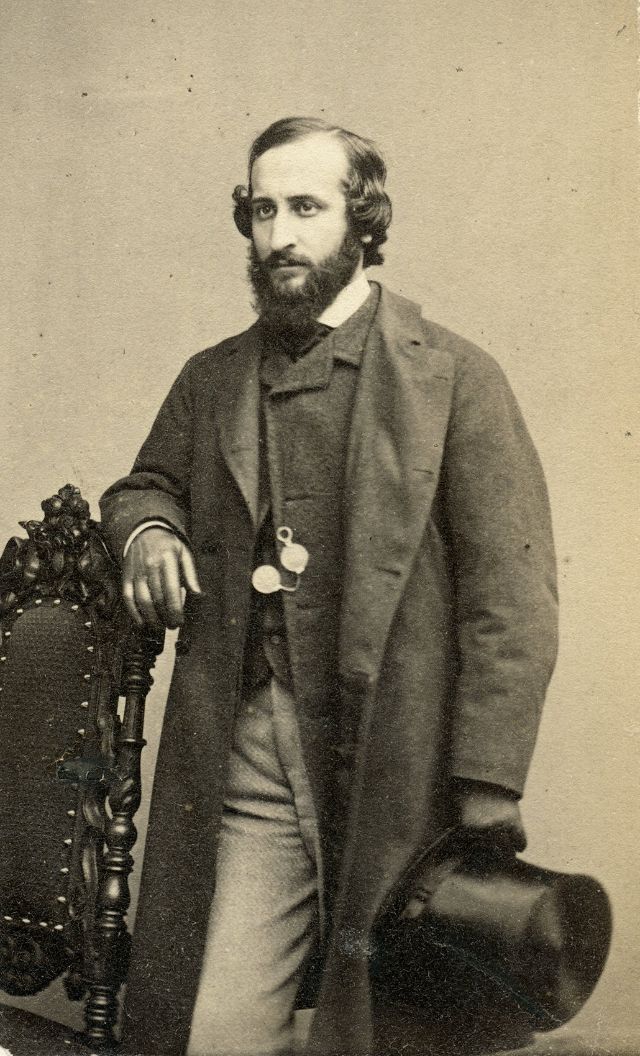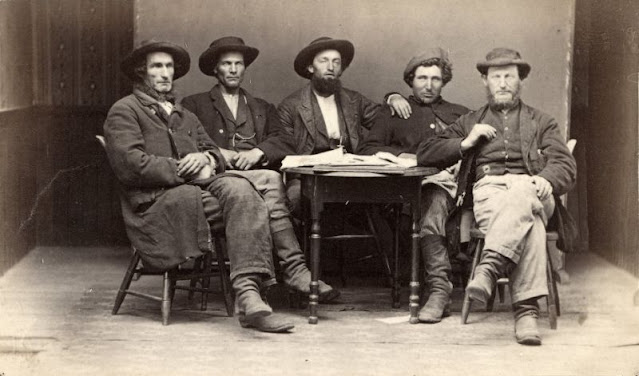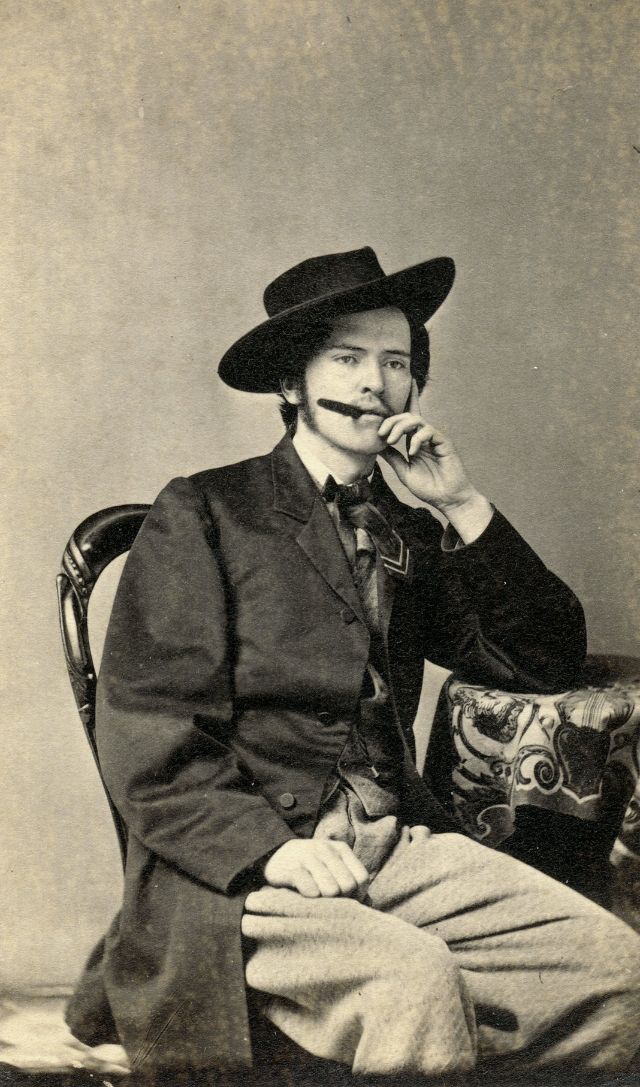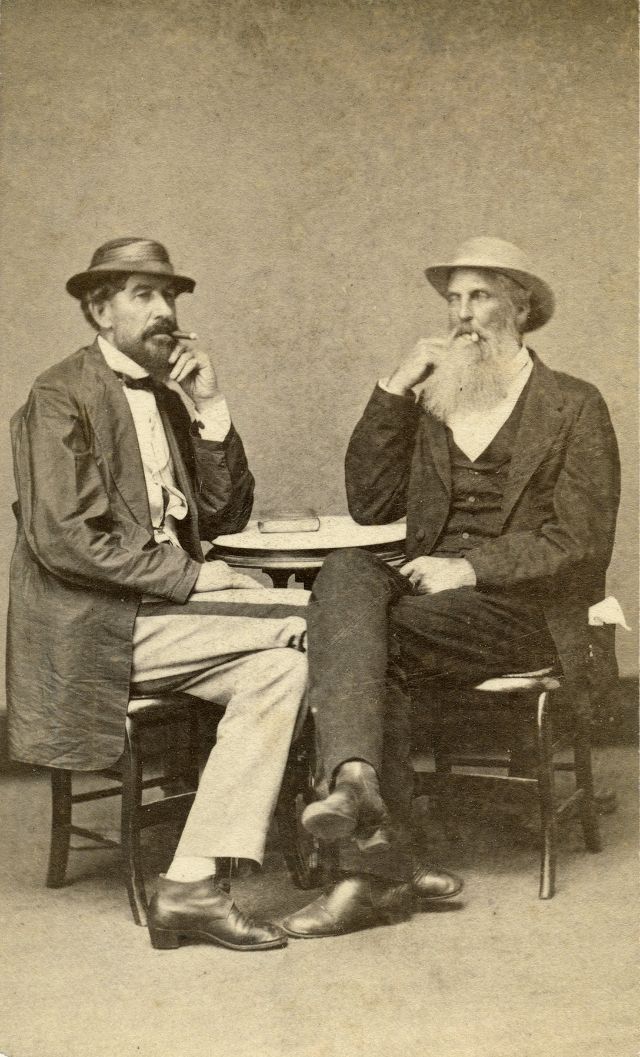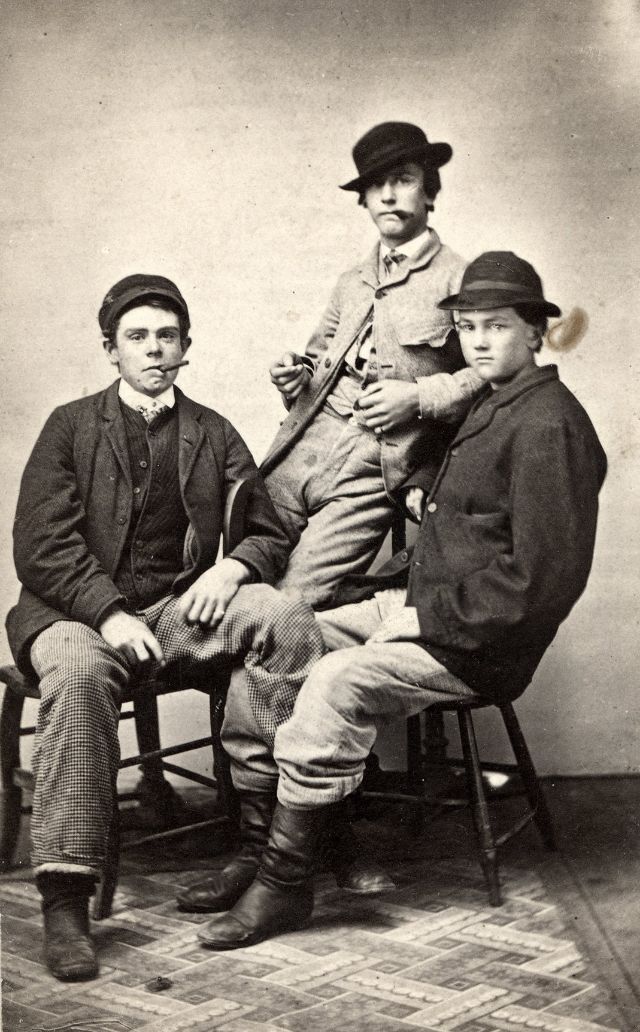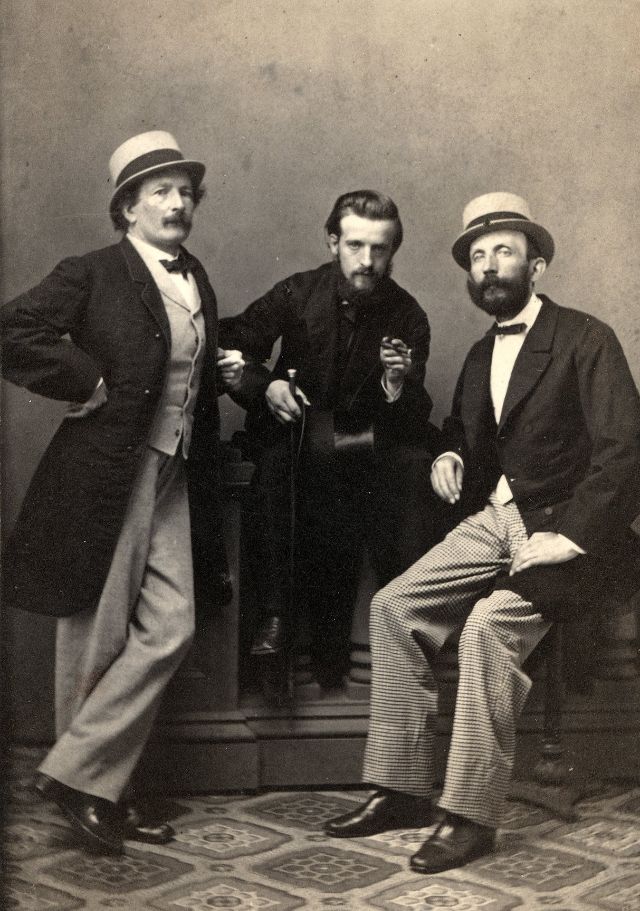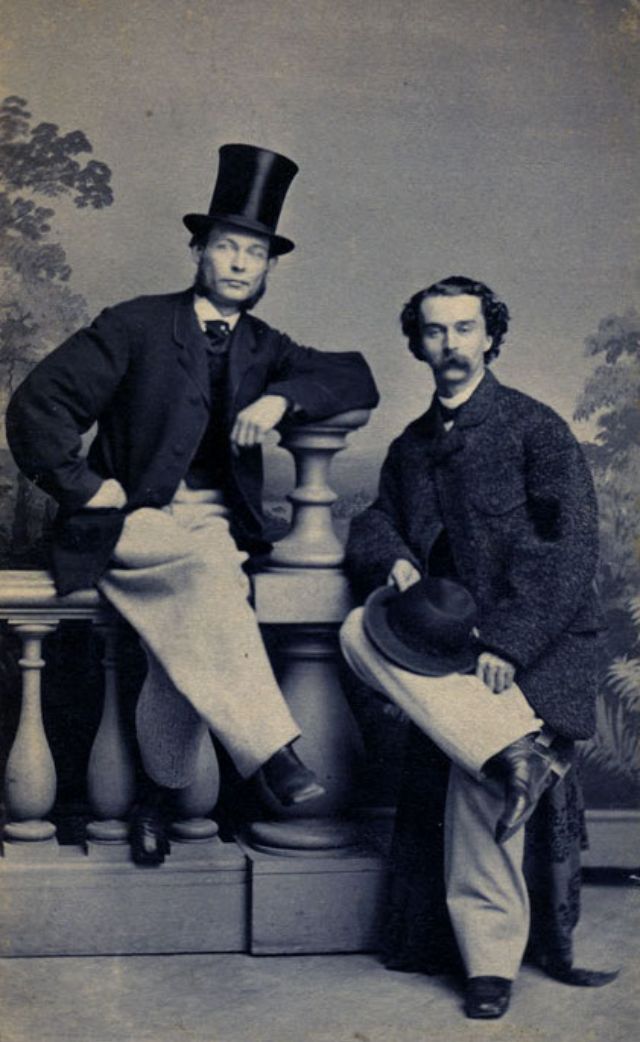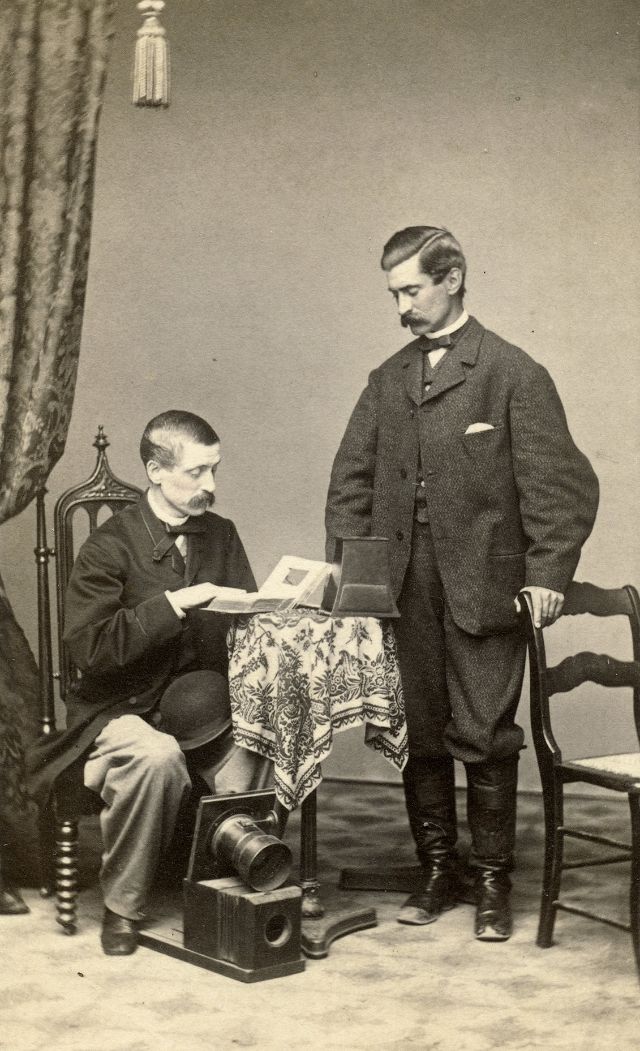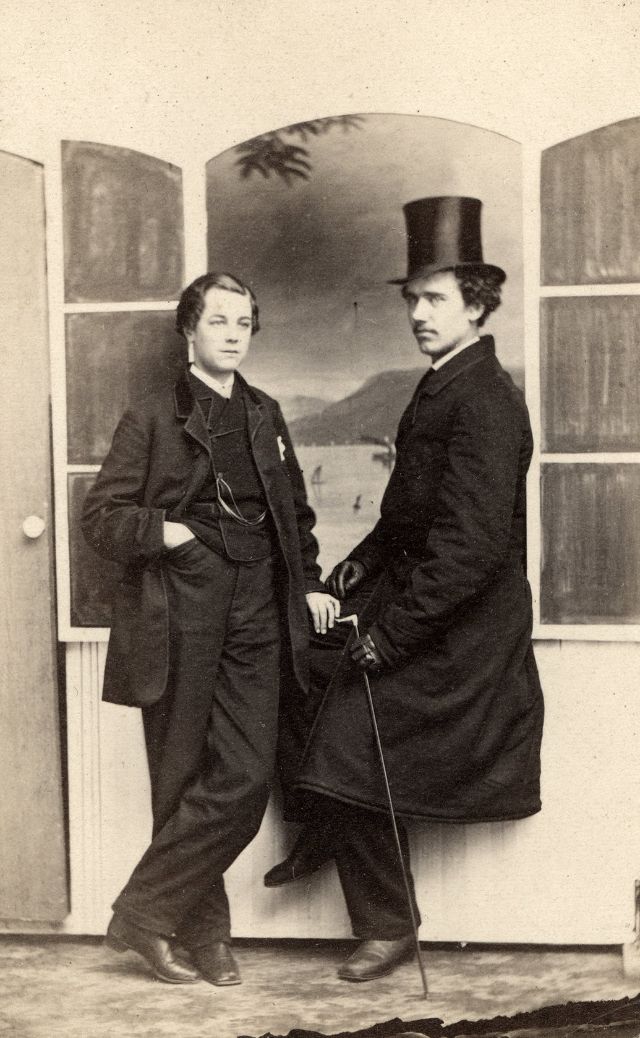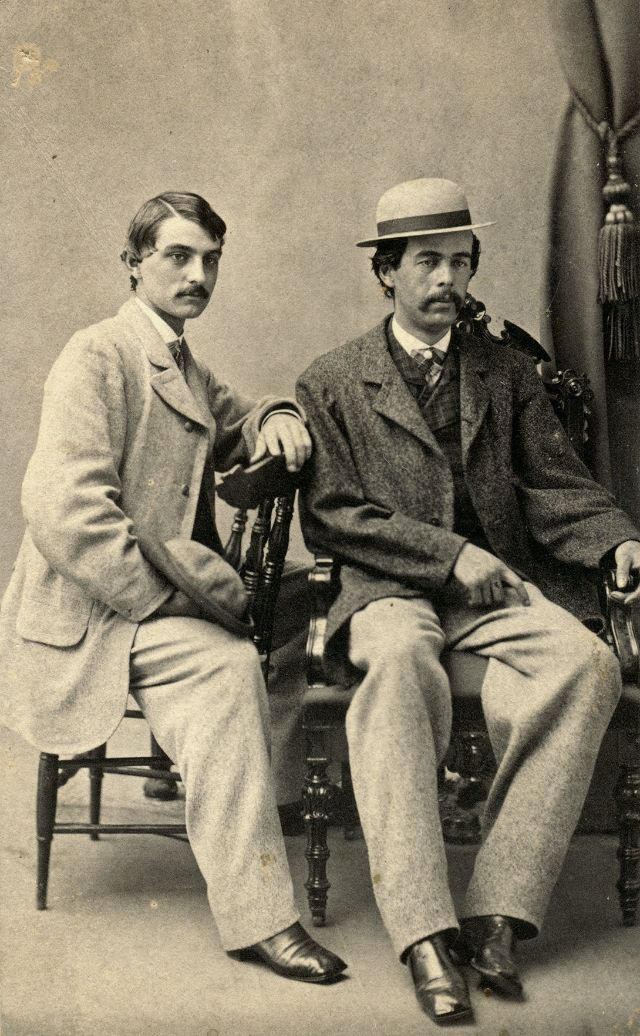The American Civil War (1861-1865) had a profound impact on portraiture. Photographs and paintings from this period often featured military men, depicting them in their uniforms with regalia and medals. These portraits served not just as personal mementos but also as powerful symbols of patriotism and sacrifice. The stoic expressions and formal poses reflected the seriousness and gravity of the times. They provide insights into the fashion, hairstyles, and cultural norms of the time. Moreover, they offer a glimpse into the personal lives and social statuses of the men depicted, from soldiers and politicians to businessmen and artists.
This era also witnessed significant advancements in photographic technology, making portrait photography more accessible and popular. The introduction of the carte de visite, a small photograph mounted on a card, revolutionized portrait photography. It allowed for easier and more affordable distribution of one’s image, leading to a surge in portrait photography among the middle and upper classes.
Artistically, this era saw a blend of realism and romanticism in portraiture. Artists often strived for realistic representation while also imbuing their subjects with a sense of nobility and idealism. This duality is evident in the subtle yet expressive facial features, the detailed rendering of clothing and accessories, and the often somber, introspective mood of the portraits.


